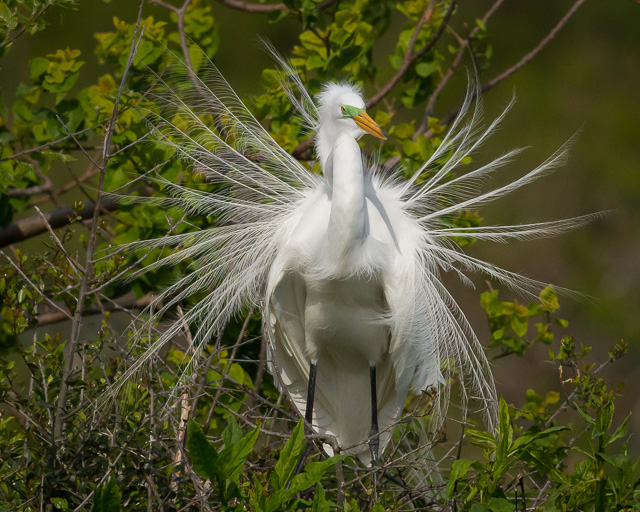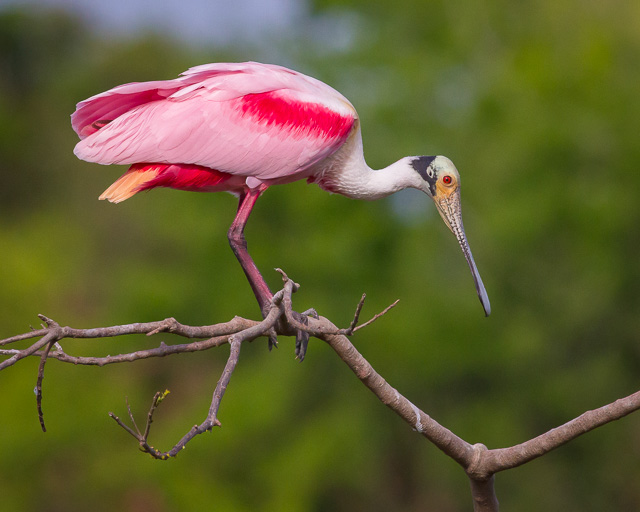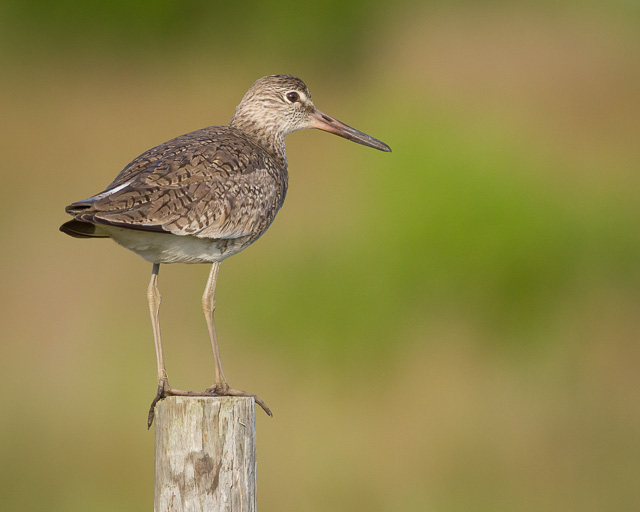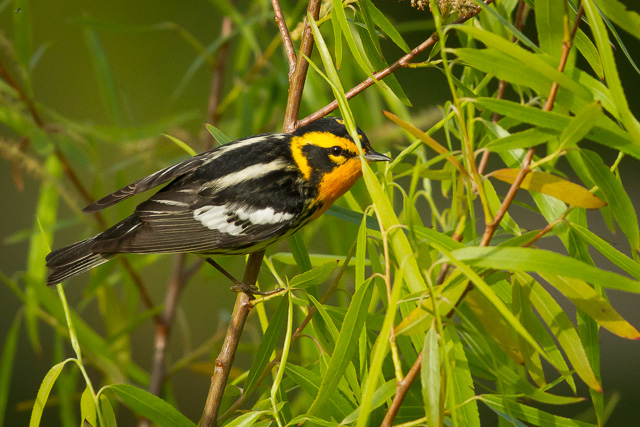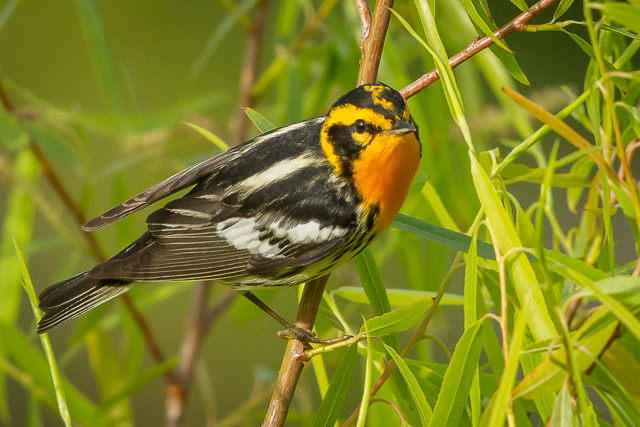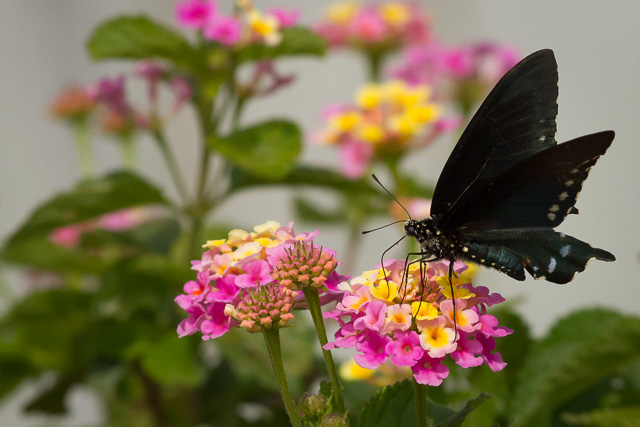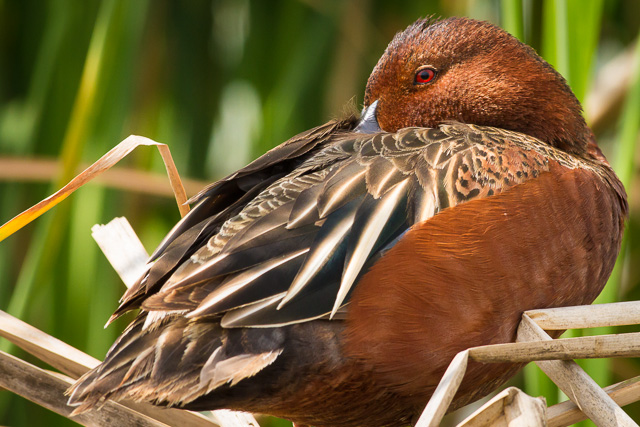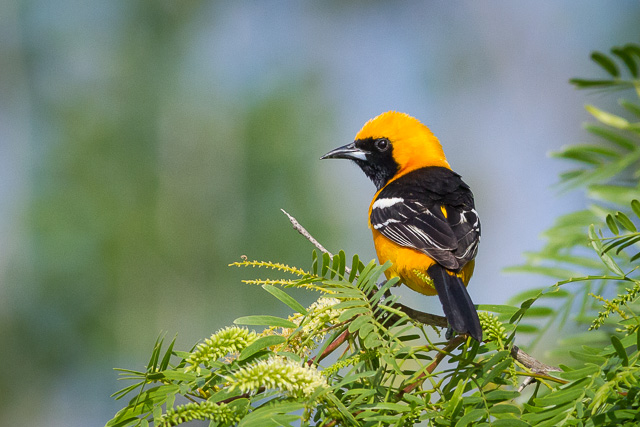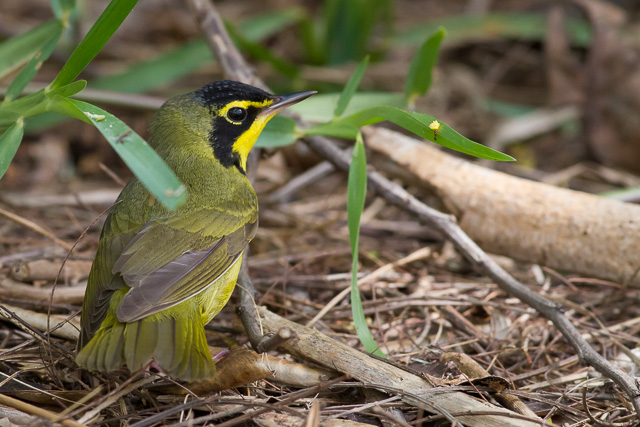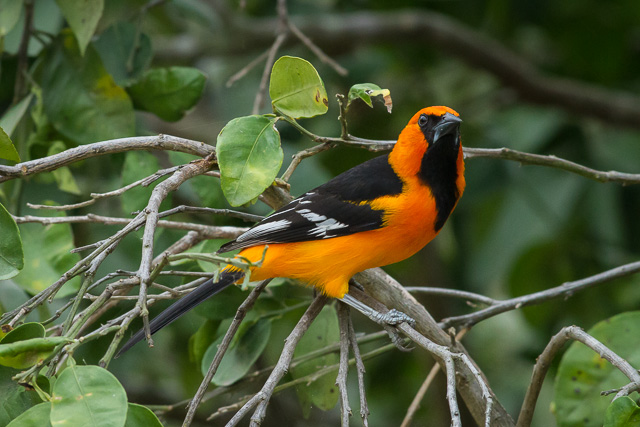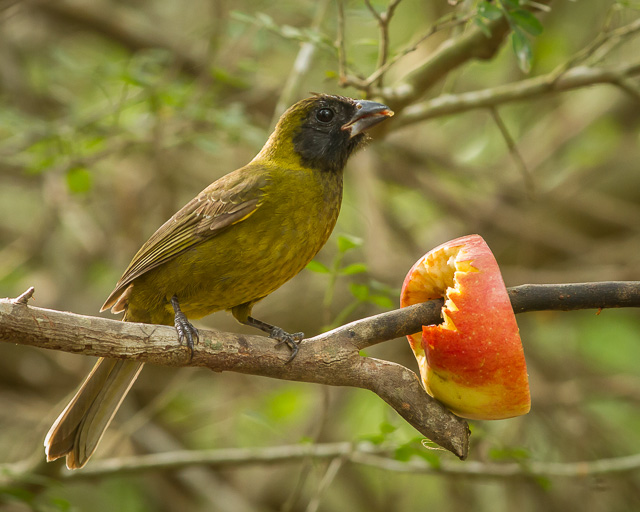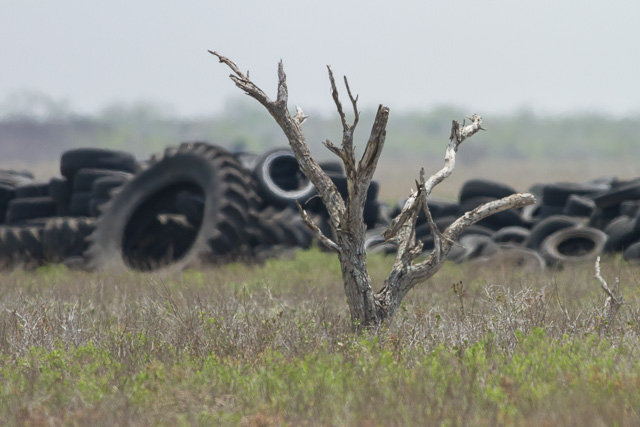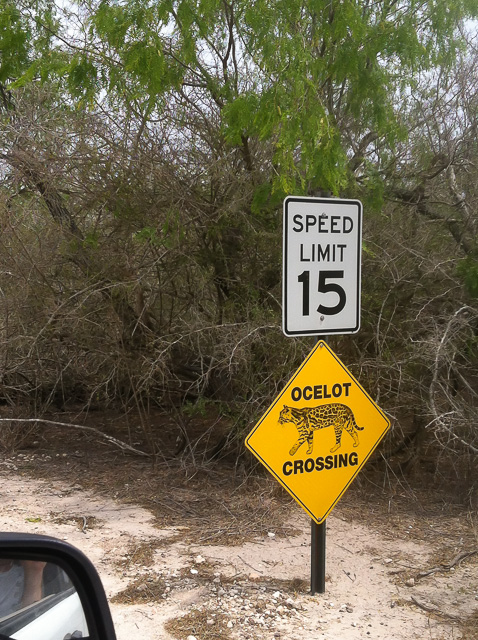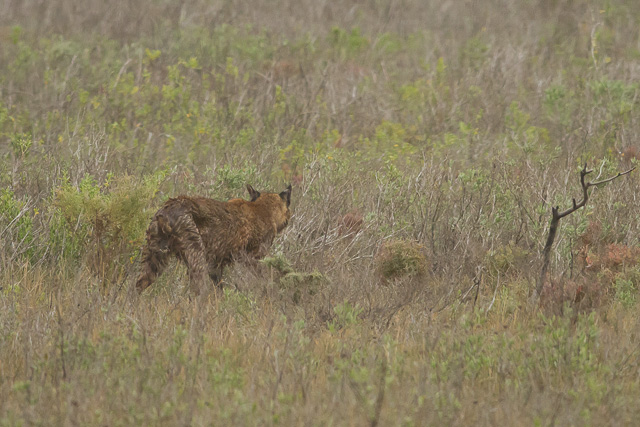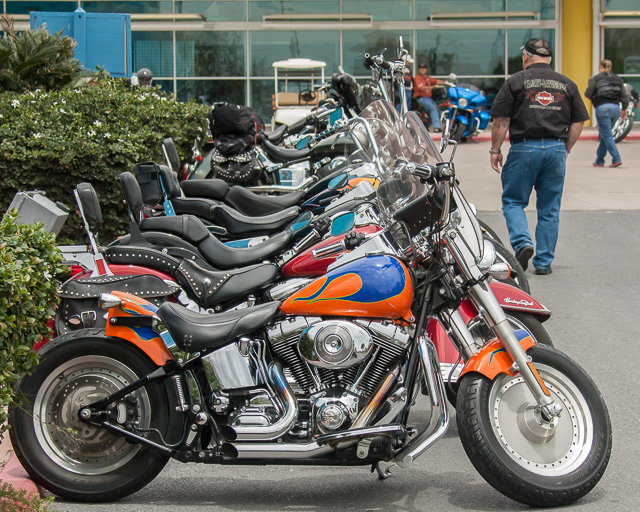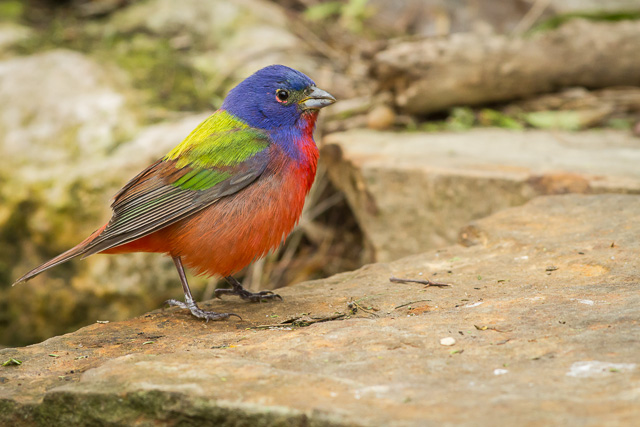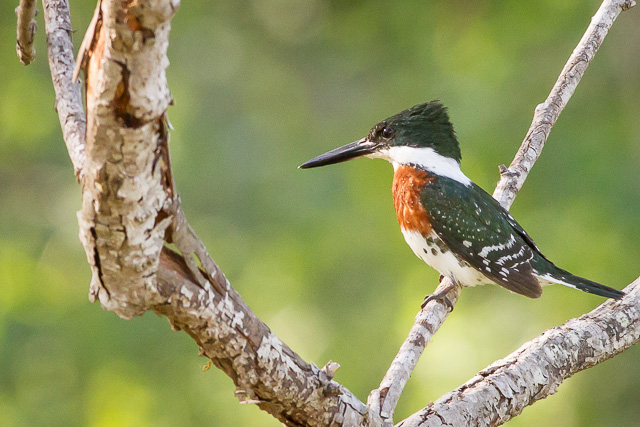Yukon Trip - Days 4-7: BC Arrival!
 Wednesday, August 28, 2013 at 11:11PM
Wednesday, August 28, 2013 at 11:11PM May 29, 2013 - Day 4
This was to be the day - the first time on this trip that I would venture outside Ontario. When looking at maps, I marvel in pride at Canada's immense size, and in the magnitude of Ontario in particular. It's one thing to see it on maps; it's completely different to actually drive through it!
For some reason, I rose before my alarm at 5:53 AM (yes, I keep track of these things!). I packed up my campsite at Sandbar Lake Provincial Park and was in its picnic area for breakfast by 6:22 AM. I spent twenty minutes wandering the lake shore while enjoying my standard on-the-road-and-doesn't-need-a-cooler breakfast of hot chocolate and oatmeal. I didn't come up with much - some starlings, a flock of common mergansers, and a great blue heron. Oh well, I packed away what little cutlery and dishes I had dirtied and was on my way to Manitoba by 7:00.
I crossed the border around 10:30 and picked up some glossy pamphlets at the welcome center. I decided that my next stop would be the Oak Hammock Marsh north of Winnipeg for lunch. With a retrospective pat on the back I can say that was a great decision!
I walked on the trails and saw tons of birds - teals, swallows, red-winged and yellow-headed blackbirds, geese, warblers, ducks, shorebirds, sparrows, even pelicans!
 Savannah Sparrow, Oak Hammock Marsh, Manitoba, Canon 7D with Canon EF 500mm, 1/2500s @ f/8, ISO 1600
Savannah Sparrow, Oak Hammock Marsh, Manitoba, Canon 7D with Canon EF 500mm, 1/2500s @ f/8, ISO 1600
 Blackpoll Warbler, Oak Hammock Marsh, Manitoba, Canon 7D with Canon EF 500mm, 1/800s @ f/8, ISO 1600
Blackpoll Warbler, Oak Hammock Marsh, Manitoba, Canon 7D with Canon EF 500mm, 1/800s @ f/8, ISO 1600
 Clay-colored Sparrow, Oak Hammock Marsh, Manitoba, Canon 7D with Canon EF 500mm, 1/2500s @ f/8, ISO 1600
Clay-colored Sparrow, Oak Hammock Marsh, Manitoba, Canon 7D with Canon EF 500mm, 1/2500s @ f/8, ISO 1600
There was a killdeer performing its typical "my wing is broken" dance to attract attention away from its offspring:
 Killdeer, Oak Hammock Marsh, Manitoba, Canon 7D with Canon EF 500mm, 1/1250s @ f/8, ISO 1600
Killdeer, Oak Hammock Marsh, Manitoba, Canon 7D with Canon EF 500mm, 1/1250s @ f/8, ISO 1600
Aside from the avian variety, there was a ground squirrel colony. It was fun trying to capture these guys as they alternated between ducking for cover and devouring food.
 Richardson's Ground Squirrel, Oak Hammock Marsh, Manitoba, Canon 7D with Canon EF 500mm, 1/1000s @ f/8, ISO 1600
Richardson's Ground Squirrel, Oak Hammock Marsh, Manitoba, Canon 7D with Canon EF 500mm, 1/1000s @ f/8, ISO 1600
After about three hours at the marsh, it threatened to rain so I headed for the parking lot. I didn't have a plan but after checking the weather, I opted to avoid Riding Mountain National Park. They were calling for more than 50mm of rain there!
I weighed my options and decided to head west, get as far as I could, and stay in a hotel if the rain got too heavy. I made it to Minnedosa, Manitoba at 6:40 PM (it's Manitoba's Valley Paradise!), gassed up, and decided to look for a nearby campground. I luckily stumbled upon the Minnedosa Beach Campground but that's when my luck ended. For the life of me, I could not find the campground manager. I was prepared to give up and either pay in the morning or "camp and dash" when I finally found the manager. I got a campsite, set up my tent, had my dinner, and went to sleep to an ominous-looking dark sky.
May 30, 2013 - Day 5
I must have been nervous about the potential for rain because I awoke at 5:55 AM. There was only very light rain, so I hurriedly took my tent down and packed it away in my car. Semi-dry was a lot better than other alternatives!
I left the campground at 6:30 and headed west. Early on I sensed a problem on the roof of my car. There were very strong cross winds hammering my kayak and the three-year old tie downs just weren't getting it done. After one particularly noticeable kayak shift, I decided that it was too risky to continue without reinforcements. I first stopped in Russell, Manitoba but its hardware store didn't open for more than an hour. Onward (but slowly)! Next up was Langenberg, Saskatchewan but its hardware store also wasn't open yet. Continue! Finally, the Yorkton Walmart didn't let me down. I added a second set of tie downs and now my kayak didn't budge even with highway speed and the 50+ km/h crosswinds.
I explored Foam Lake Heritage Marsh and the Wedena Wetland but the rest of the day was spent in the oddly appealing monotony of a long drive. I started looking for a campground around 4:00 and settled on the Glenburn Regional Campground around 5:00. It was a pretty dry and bleak place, with large mud ruts in the campground roads. Another downfall - there were actually mosquitoes!
I explored the local prairie area by car but didn't come up with much. Coyotes howled nearby as I fell asleep in my tent.
May 31, 2013 - Day 6
Time for another province! I got up at 6:25 AM, packed up my campsite, ate breakfast and left by 6:50. I stopped in Maymont to check my email and finally saw a canvasback in a little pond across the road. This duck species had somehow eluded my life list to that point:
 Canvasback, Maymont, Saskatchewan, Canon 7D with Canon EF 500mm, 1/3200s @ f/8, ISO 1600
Canvasback, Maymont, Saskatchewan, Canon 7D with Canon EF 500mm, 1/3200s @ f/8, ISO 1600
Notice the characteristic "ski jump" profile of its head and bill.
Nothing else noteworthy happened this day. As on the previous day, I just drove. I had decided before my trip that I would stay in a hotel in Grande Prairie, Alberta and I did just that. However, in retrospect it wasn't necessary. I had thought that I would want to regroup and get everything together before I headed into the truer wilderness of the Alaska Highway. Instead, I hit on the negatives of hotel life. It's expensive (more costly than all of the other places I stayed at for the entire week!) and more importantly, you sleep far away from your car. I lugged all my camera gear into my hotel room to avoid theft. Worrying about thieves is a surefire recipe for me to catch insomnia!
June 1, 2013 - Day 7
I got up at 6:35 AM ready for some pre-packing nature. I got to the park and realized I had left my binoculars in my hotel room. Doh! They wouldn't have made much difference. All I saw was a deer and it was easily recognizable without visual aids. Oh well, back to the hotel to prepare for the Alaska Highway!
One perk of hotels is not having to prepare breakfast. I mowed down some mini-danishes, gulped more than my share of juice, packed up my car and was on my way, bound for British Columbia.
My first stop was at the Saskatoon Mountain Natural Area (which is obviously not in Saskatchewan; it's in Alberta) and it proved fruitful. There was an adult fox with a pup right beside the road. I'm not sure why I've always loved foxes but there's something special about them. They're sleek and always seem calm. These were the darkest red foxes I had ever seen:
 Red Fox, Saskatoon Mountain Natural Area, Alberta, Canon 7D with Canon EF 28-300mm @ 300mm, 1/2500s @ f/8, ISO 1600
Red Fox, Saskatoon Mountain Natural Area, Alberta, Canon 7D with Canon EF 28-300mm @ 300mm, 1/2500s @ f/8, ISO 1600
 Red Fox, Saskatoon Mountain Natural Area, Alberta, Canon 7D with Canon EF 28-300mm @ 300mm, 1/5000s @ f/8, ISO 1600
Red Fox, Saskatoon Mountain Natural Area, Alberta, Canon 7D with Canon EF 28-300mm @ 300mm, 1/5000s @ f/8, ISO 1600
 Red Fox, Saskatoon Mountain Natural Area, Alberta, Canon 7D with Canon EF 28-300mm @ 300mm, 1/3200s @ f/8, ISO 1600
Red Fox, Saskatoon Mountain Natural Area, Alberta, Canon 7D with Canon EF 28-300mm @ 300mm, 1/3200s @ f/8, ISO 1600
I took the first pictures from my car and then got out to take more from the road. Eventually, the pair ambled easily into the forest and did not return. What a great start to the day!
I got to mile zero of the Alaska Highway in Dawson Creek, British Columbia around noon and noticed a time change sign, which reminded me that I probably missed one in Alberta. Oh well, what's time anyway? My next appointment wasn't for weeks!
My first detour from the Alaska Highway was to an interesting relic - a curved wooden bridge over the Kiskatinaw River that still works:
 Curved Wooden Bridge near Kiskatinaw Provincial Park, British Columbia, Canon 7D with Canon EF 28-300mm @ 28mm, 1/1600s @ f/8, ISO 1600
Curved Wooden Bridge near Kiskatinaw Provincial Park, British Columbia, Canon 7D with Canon EF 28-300mm @ 28mm, 1/1600s @ f/8, ISO 1600
It was unnerving to drive across such a flimsy-looking artifact but I had to - three times!
A short time after the bridge I stopped for lunch at the visitor center in Taylor. When I told the very informative woman there about my travel plans, she urged me to make a change. I had to drive through the Peace River Valley! It was simply too gorgeous to pass up. Okay, then. I'm in! Instead of bypassing that part of BC and heading straight for the Yukon, I drove around Highway 29 through Hudson's Hope, Chetwynd, and Tumbler Ridge. What a great detour!
 Peace River Valley, British Columbia, Canon 7D with Canon EF 28-300mm @ 28mm, 1/200s @ f/16, ISO 100
Peace River Valley, British Columbia, Canon 7D with Canon EF 28-300mm @ 28mm, 1/200s @ f/16, ISO 100
I got a campsite at the Tumbler Ridge Lion's Campground for $15, made some couscous and beans for dinner, had a juicy nectarine for dessert, and went to sleep thankful that I had listened to the suggestions of the lady at the Taylor visitor center.








